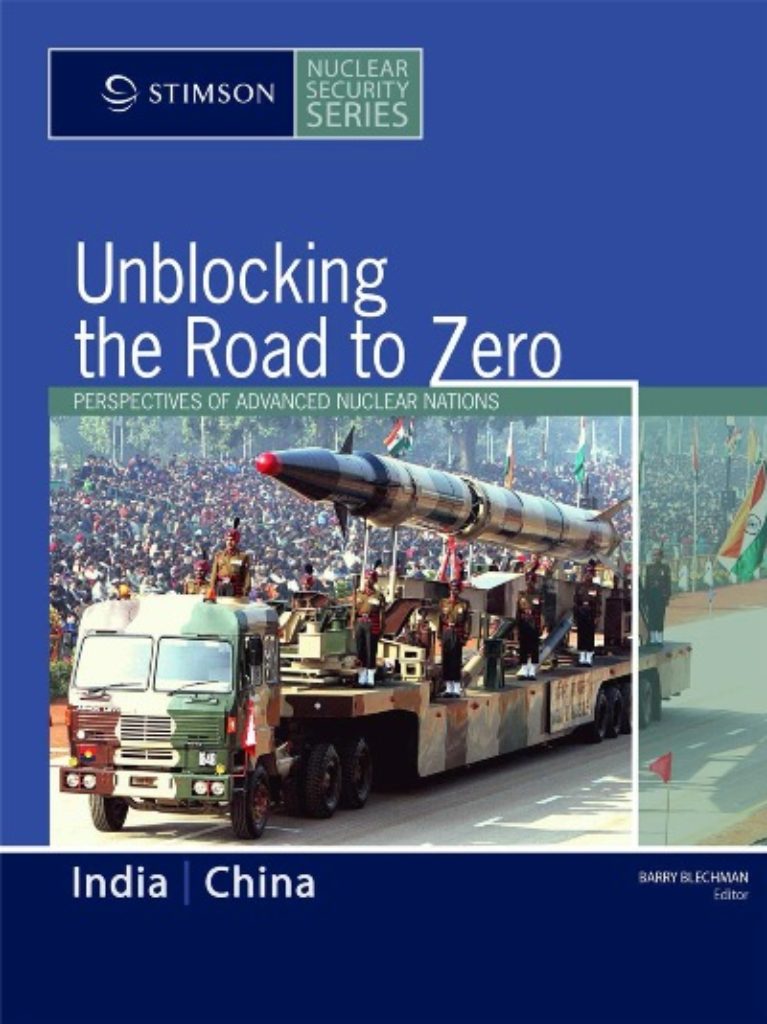As rising powers in Asia and the world, both China and India are advancing technologically and gaining influence in global economic and political affairs. They are each modernizing their armed forces, as well, including their nuclear arsenals. While their nuclear stockpiles are small compared to those of the United States and Russia, both nations are increasing the number of their operational weapons, developing or deploying submarines armed with nuclear-tipped missiles, and developing or deploying new families of land-based missiles that could be armed with nuclear warheads.
Why are they making these substantial investments in new nuclear weaponry? What goals do they believe are served by it? Under what conditions might they enter discussions with other nuclear weapon states to eliminate these arsenals?
The second in a series on the perspectives of advanced nuclear countries on nuclear weapons and nuclear disarmament, edited by Stimson co-founder and Distinguished Fellow Barry Blechman, seeks to provide insight into these questions. Retired Major General Pan Zhenqiang explains China’s nuclear policies and its perspectives on arms control and disarmament. The distinguished Indian scholar, Rajesh Basrur, explores the same issues for India. The similarities between the two countries’ approach are notable, and both authors make clear that if the US and Russia first make deep reductions in their nuclear stockpiles, the path would be opened for a broader dialogue on nuclear elimination among all the nuclear great powers.
In partnership with the World Security Institute, Stimson’s project on nuclear security seeks to examine the obstacles blocking the path to zero nuclear weapons in order to help all responsible governments perceive negotiated nuclear disarmament a viable and practical policy option.

